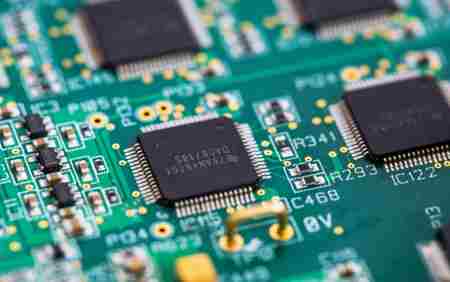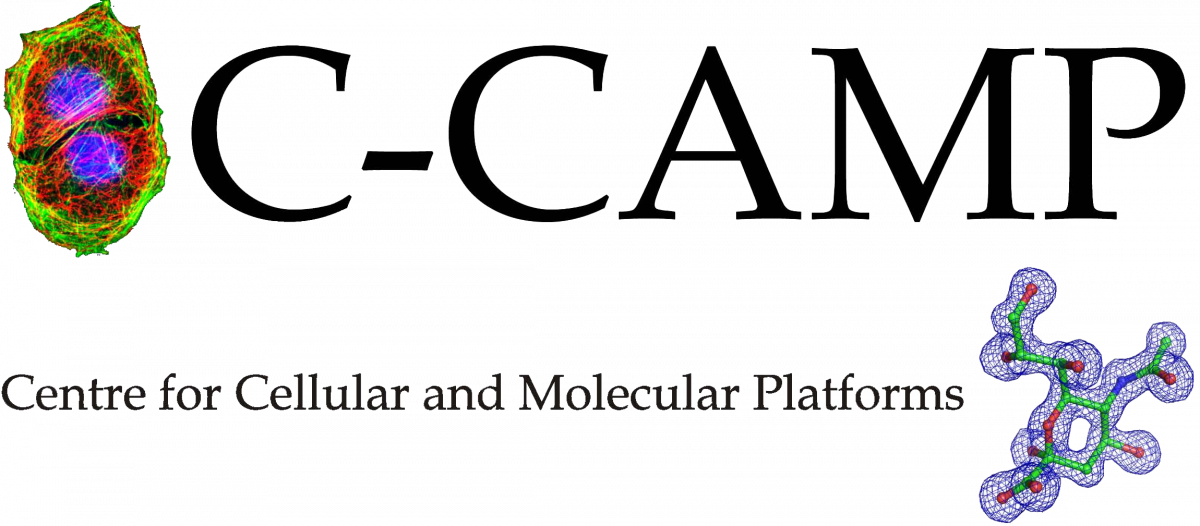A team of engineers has created a new computer chip that uses light instead of electricity for image recognition and other pattern-finding tasks in artificial intelligence (AI). These tasks, known as “convolution,” are critical for processing images, videos, and even language in AI systems.
- Energy Efficiency: The chip uses 10 to 100 times less power than traditional chips for the same tasks, helping reduce the strain on power grids.
- Speed: By using light, the chip performs calculations faster than conventional chips.
- Accuracy: In tests, it classified handwritten digits with 98% accuracy, matching the performance of existing chips.
The chip uses tiny Fresnel lenses, smaller than a human hair, built onto circuit boards. Data, like images, is turned into laser light, passed through these lenses, and converted back into a digital signal to complete the AI task. This light-based approach is faster and more efficient than electricity-based methods. The chip can also process multiple data streams at once using different colored lasers, boosting its performance.
“This chip performs a key AI task with nearly zero energy, a major step forward for future AI systems,” said Volker J. Sorger, Ph.D., from the University of Florida. “This technology is crucial for scaling up AI capabilities.”
Hangbo Yang, Ph.D., a co-author, added, “This is the first time optical computing has been used on a chip for an AI neural network.”
The research was a joint effort by the University of Florida’s Florida Semiconductor Institute, the University of California, Los Angeles, and George Washington University. The findings were published on September 8 in Advanced Photonics.
As AI systems grow, this light-based chip could become a standard part of devices, making them faster and more energy-efficient. Major chipmakers like NVIDIA already use optical elements, which could make it easier to adopt this technology.
“In the near future, optical AI computing will be a key part of everyday AI chips,” said Sorger.







